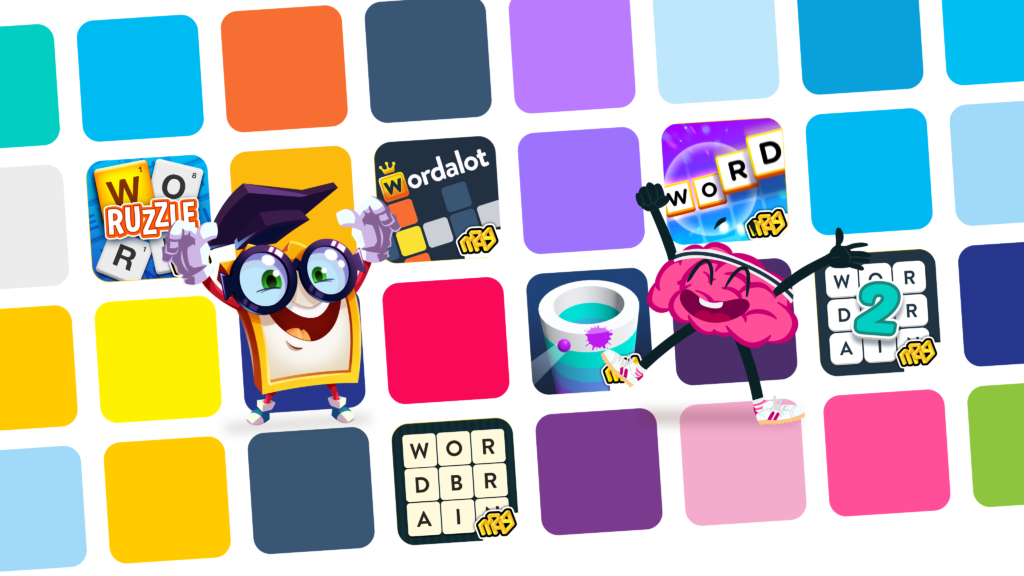Subscription models can be seen everywhere. But is it good for gaming? In this post, our friends at GameAnalytics look at the pros and cons of ditching the ads in favor of subscription-based gaming.
Editor’s note: This post was originally published by Sarah Impey, Content Marketing Manager at GameAnalytics. With several years of experience digging into industry trends, Sarah knows how to boil down complicated topics into key insights.
These days, subscriptions are everywhere. Music, films, TV, food delivery – you can even learn a new language with a subscription. Publishers have been predicting that Netflix-style subscription gaming will take off for a good few years now (this 2014 article shows that people were talking about it five years ago – a lifetime in the world of tech).
But mobile gaming is actually pretty far behind in this area, as most developers are still making most of their money from ads or in-app purchases. Recent announcements from Apple and Google of new subscription-based gaming services (Apple Arcade and Google Stadia) could be about to change that though – Vodafone have also announced a partnership with game streaming platform Hatch to bring cloud-based mobile gaming to their 5G service. So in this post, GameAnalytics look at the pros and cons of ditching the ads in favor of subscription-based gaming.
Ads, ads and more ads
At the moment only 14% of mobile publishers see subscriptions as an effective way to make money from their content. Yes, ads and in-app purchases can be a bit annoying for users, but most of us are okay with that if it means we don’t have to pay for the game. And they pretty much guarantee income for developers – banner ads usually bring in around US$2 to 3 CPM (i.e. per 1,000 visitors), while full-size ads between levels can net around $10 CPM.

Interactive ad example from GameAnalytics’ post on Hyper-Casual Games 101: How To Get The Most Out Of Your Players.
You can also offer incentives for users to download other developers’ games or give people the option to remove ads entirely for a small fee (among other things – GameAnalytics already blogged about 42 ways to make money from your mobile game). But could a subscription service get you more bang for your buck?
Subscription-based games – the good stuff
Let’s not beat around the bush. As long as the price is right and the content’s good quality, subscription-based apps can be incredibly profitable. Revenue’s steady and predictable. And you’ll quickly build a loyal customer base.
Players get a good deal as well – premium gameplay without having to buy pricey consoles, watch irritating ads or get constant nudges for extra in-app purchases.
The not-so-good stuff
You’ll really need to maintain the game
Everybody likes getting things for free. And most of us are willing to put up with a few ads to get a decent game for nothing. So for a subscription service to work, it’s vital that you keep the quality of up for the life of the product, which obviously costs money.
You’ll miss out from ads
You’ll also miss out on revenue from in-app ads, as well as seasonal spikes (people tend to spend more on apps during holidays). That means you’ll need to check you can make enough from subscriptions to cover any shortfall.
And don’t forget the dreaded Apple/Google cut
If you didn’t know already, they take a percentage of everything that’s sold through their stores, including subscriptions. That means you’ll lose up to 30% every time someone buys one. Take Spotify as an example. You can’t buy a subscription through the app store – you have to get it from their website. This is because if they did sell them on the app store they’d have to up their prices from £9.99 to £12.99 to make up the shortfall (and probably send a lot of customers to Apple Music by doing that, which is still only £9.99).

So if you’re selling a subscription product, you’ll either need to hike up your price to take this into account (which obviously isn’t ideal), or sell it from your own website – which could make it harder for people to find your game. One way to get round this is to offer a free, ‘lite’ version of your product on the app store. That way people can more easily find and play it, and then (hopefully) fall in love with it and head to your website to buy a subscription.
Could a subscription strategy work for you?
Obviously there’s no one-size-fits-all answer to this – it depends on your product. But there are a couple of dealbreakers. For subscriptions to work, you need to keep adding content. This could be new items or levels, or even new games from your portfolio. But whatever it is, it’s got to be worth the weekly or monthly fee (and no cheating with sneaking in ads). So if you don’t think you can keep that up, then subscription probably isn’t for you.
You’ll also need to check your games’ retention and average session length metrics. If you only produce hyper-casual games (pick-up-and-play lightweight games that don’t take long to produce), a subscription-only service isn’t likely to appeal to your audience. So you’ll be better off sticking to in-app ads or purchases. Having said that, if you’re regularly producing new hyper-casual games, then that could work as a subscription, as long as you have enough of them to make people want to come back.
Your final consideration should be whether you still want to offer a free version of your product, which is usually the norm. That being said, you’ll need to find a nice balance here – showing too many ads and limiting gameplay too much may mean losing a lot of loyal customers (take a look at this Reddit thread to see the reactions of some players to ‘Tomb of the Mask’ going to pretty much a subscription-only setup – warning, contains some NSFW language).
Lastly, you still can have in-app purchases in subscription games, to appeal to your whale audience (but perhaps back off from the ads…). Finding a balance may be tricky, and can take some time, so if you do go down this route, it’s important to listen to your players.
A lifetime commitment
You could also offer a lifetime subscription, where customers pay a one-off fee for access to your product for a set amount of time. The word ‘lifetime’ is possibly a bit misleading here – while you could use it to refer to the lifetime of the product, obviously it’s up to you to decide how long you’re going to offer it to people.
Some of the benefits of offering a lifetime subscription include:
- cash up front – you won’t have to wait for people to pay each week or month. This also keeps the accounting much simpler
- happy customers – as long as you get your price right, people should feel like they’re getting a better deal than if they were paying every week or month.
Of course, there are drawbacks:
- you’ll only be getting a single up-front payment from your customers. So you need to make sure you’ll have enough cash to keep your product going for as long as you’ve said you will,
- there’s no guarantee of future revenue,
- and you must make sure you define what ‘lifetime’ means in your terms of service. You’ll also need to include info on what happens if your product becomes obsolete or you go bust. You’ll probably want to pay someone with legal smarts to do this for you – otherwise you could open yourself up to all sorts of problems.
Your best bet is to have a look at companies offering similar products to yours and see how they’re doing it (and if it’s working!).
The last word
As long as you can regularly create good quality new content, a subscription model could work for you. But this doesn’t come cheap, which is one of the reasons why mobile gaming seems reluctant to jump on the subscription bandwagon.
With two big new players on the scene this could be about to change – but whether subscription services will complement the gaming industry’s current business model or eventually replace it remains to be seen.






















